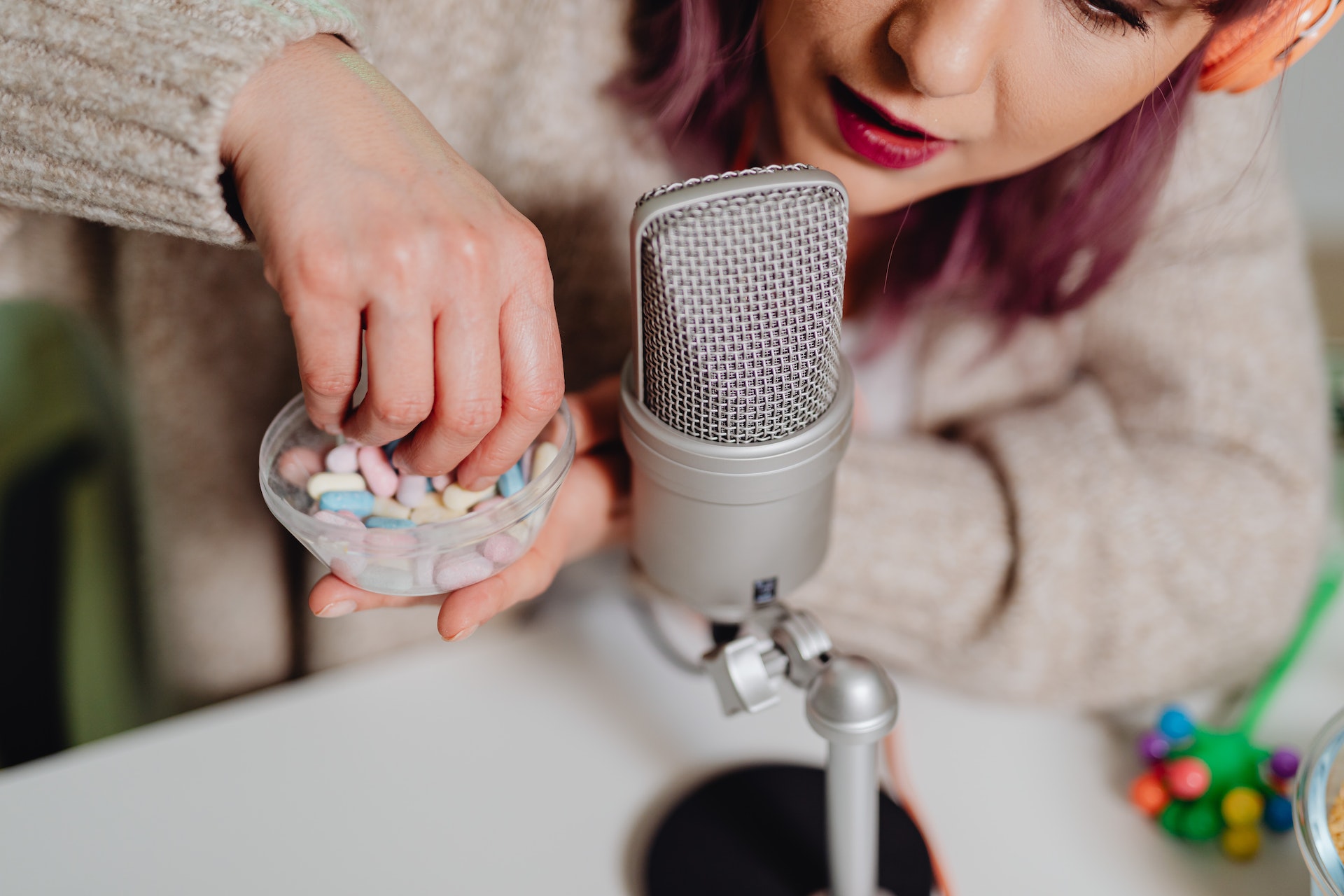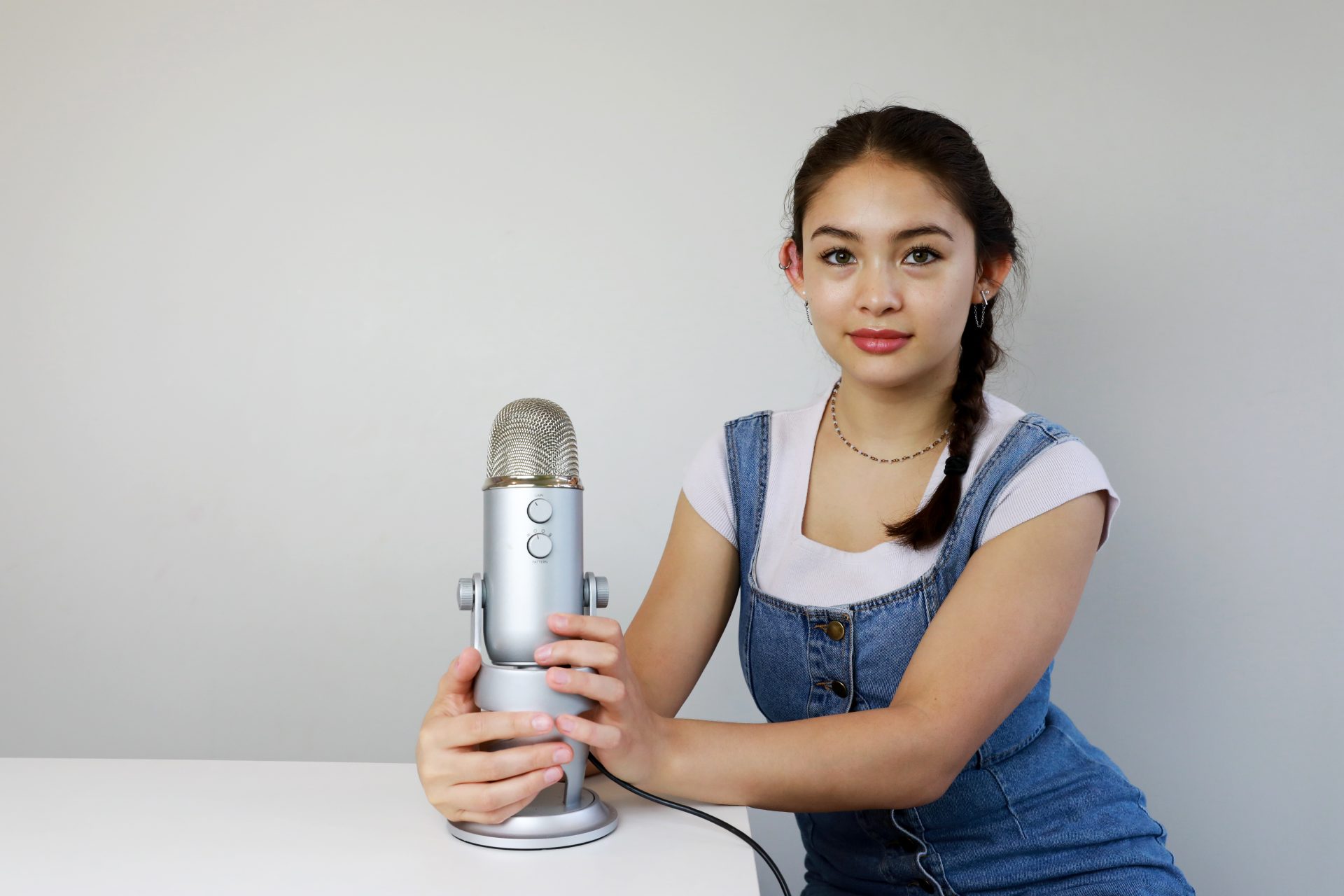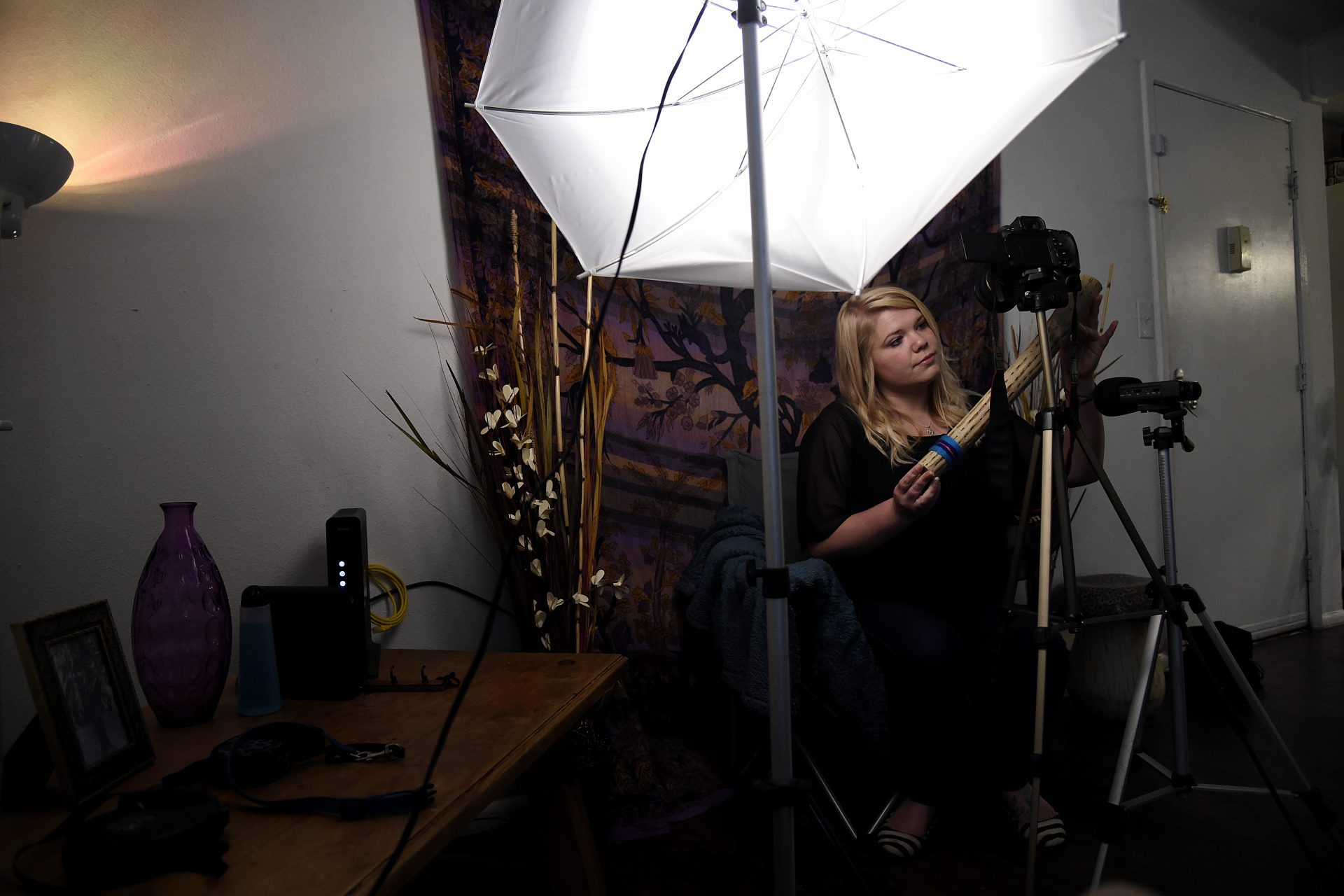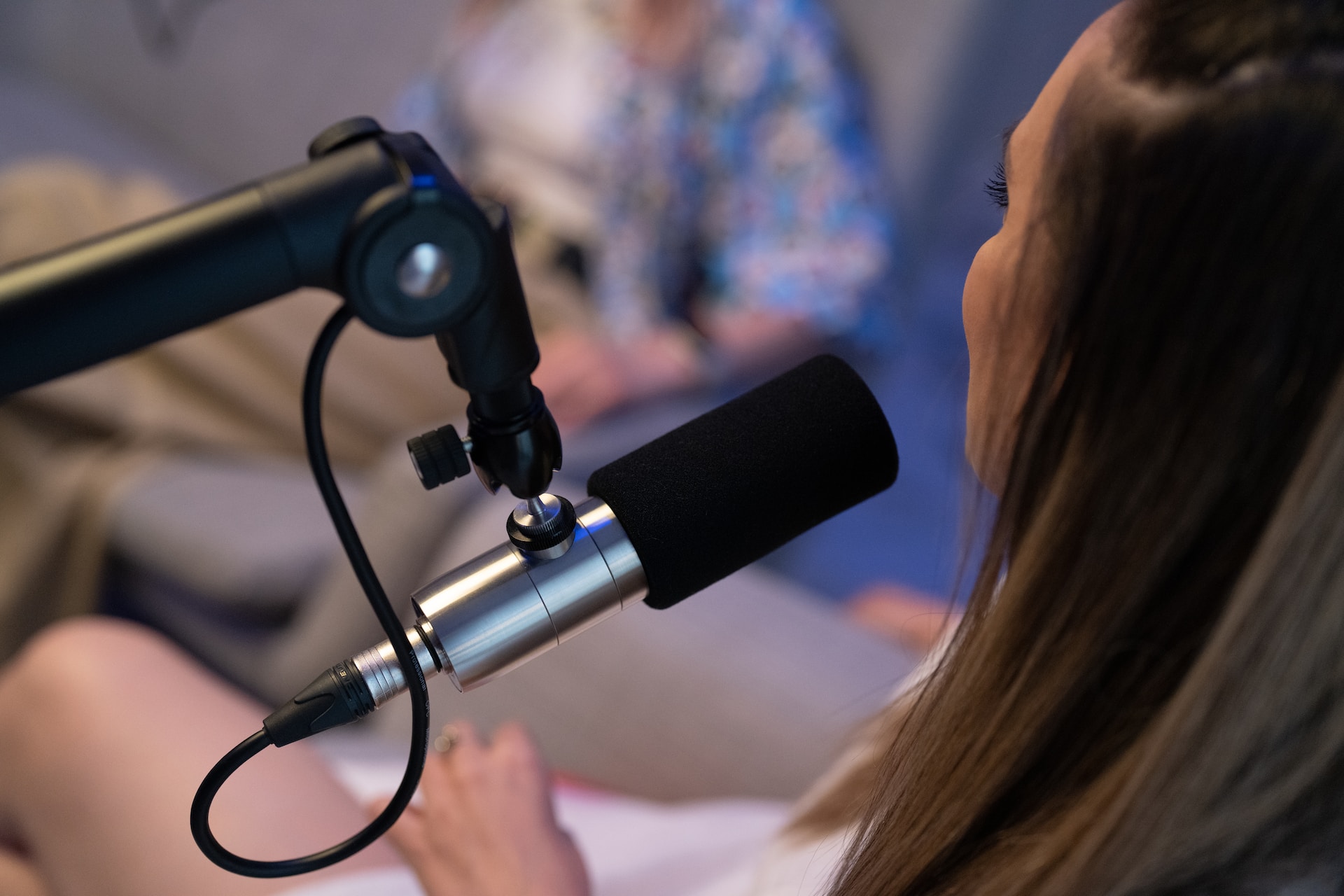Do certain sounds excite you? You may have auralism
According to Britannica, "fetishism, in psychology, is a form of sexual deviance involving erotic attachment to an inanimate object or an ordinarily asexual part of the human body."
According to a study by Diversual, 7 out of 10 people say they have some kind of fetish, and contrary to the definition, it's not always a body part or an item of clothing. Fetishes go much further.
Photo: Pexels - Cottonbro Studio
A clear example of this is something called 'auralism', that is, arousal by music, noise or certain noises.
Photo: Pexels - Karolina Grabowska
And no, they don't have to be sensual noises. Sometimes a song, a whisper, or a certain sound can be the best stimulation.
Photo: Pexels - Sebastian Voortman
One of the advantages of auralism is that it can easily be used in a physical relationship with another person, provided that the other party consents to it.
Photo: Pexels - Ketut Subiyanto
While it may seem strange or far-fetched, the fact is that the fetish for a sound is more widespread than many people realize.
Photo: Pexels - Karolina Grabowska
Auralism has become one of the most widespread fetishes in recent times and has helped to normalize others.
Photo: Unsplash - Ben White
According to a global survey by Arcwave, sound arousal is more common in women as men prefer visual stimuli.
But how can you tell if you have auralism? Well, the easiest way is to try it out!
Photo: Pexels - Andrea Piacquadio
One of the recommendations from LELO, a popular website selling intimate toys, is to start the test as something personal and intimate.
Photo: Pexels - George Pak
A personal self-exploration that combines excitement with a range of sounds that can range from a playlist of different songs to different sounds such as a breeze on the beach, a violin in the background, or the hustle and bustle of New York. It's all a matter of taste.
Photo: Pexels - Ivan Samkov
Another option is to try it socially and have the other person whisper romantic things in your ear or even hum a particular song.
Photo: Pexels – Antoni Shkraba Production
And no, no one said that auralism had anything to do with minimal volume. There are also those who find inspiration in the other person screaming during intimate activities.
Photo: Pexels - Andrea Piacquadio
It's not about shouting, let alone insulting or forcing the situation, but simply about allowing the natural sounds to flow and producing them naturally, in the most traditional and primitive sense.
Photo: Unsplash - Toa Heftiba
One tip from LELO for improving auralism experiences is to put on a blindfold. When the body is deprived of one sense, the other senses become sharper, and the hearing can increase its sensitivity to the extreme.
Photo: Unsplash - Oscar Keys
You can't talk about auralism without mentioning ASMR (Autonomous Sensory Meridian Response), which is absolutely crucial to normalizing auralism.
Photo: Pexels - Karolina Grabowska
ASMR is a combination of positive feelings and a static tingling sensation on the skin, defined as mild euphoria but closely linked to excitement.
Photo: Pexels - Andrea Piacquadio
ASMR is typically associated with calming, everyday, and recognisable sounds, such as someone whispering, the rustle of a piece of paper, or the patter of the rain on the window, to name well-known examples.
One only needs to search for ASMR on any audiovisual platform to see not only the quantity and quality of what is on offer, but also the millions of people consuming it.
Photo: Unsplash - Sebastian Pandelache
Apparently, many of these consumers use ASMR as a natural pleasure enhancer that leads to new experiences in all types of relationships, whether alone or socially.
Photo: Pexels - Rakicevic Nenad
More for you
Top Stories

































